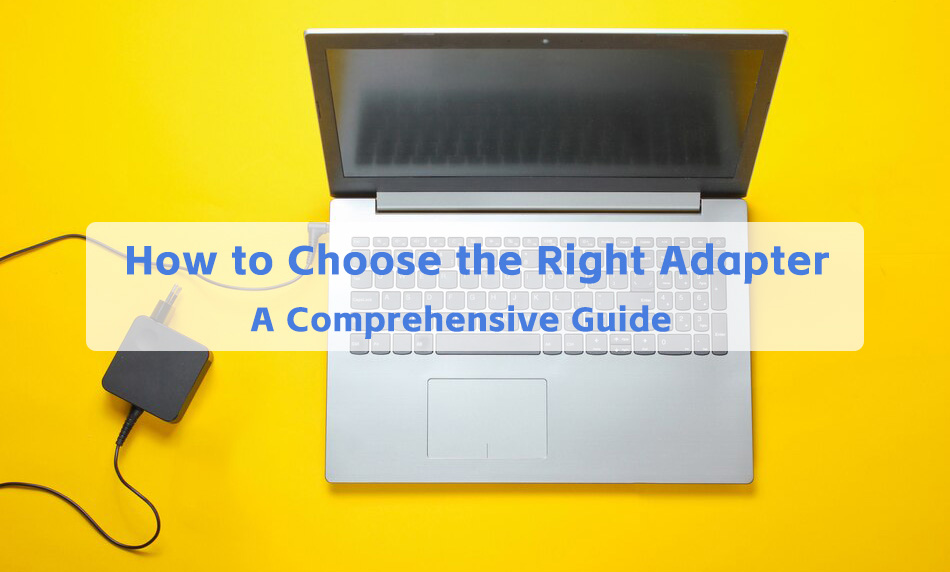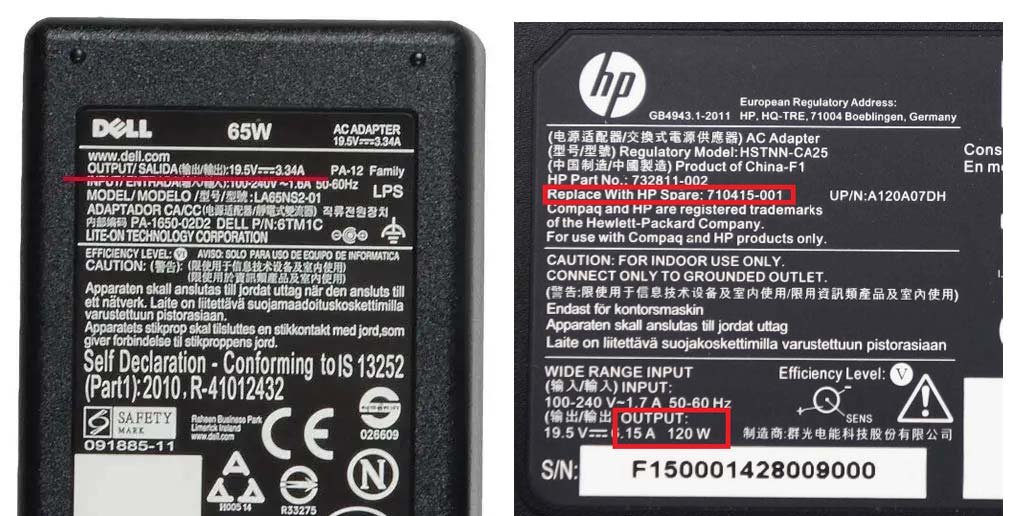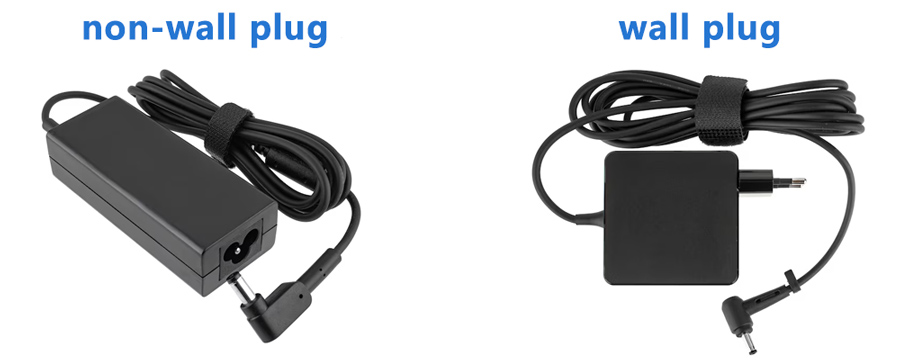
In our increasingly tech-driven world, electronic devices are a staple of daily life. Whether it's your laptop, smartphone, or camera, the right adapter is vital to keep them powered and functioning. But with so many options on the market, how do you ensure you’re choosing the best one for your needs? This guide will walk you through the key considerations to make your adapter shopping experience smooth and hassle-free.
1. Check the Output Parameters
The first step in selecting the right adapter is checking your device's power specifications. Look at the device or its original adapter for a label that mentions output voltage (V) and current (A). These two values are critical.
- Output Voltage (V): This must match the adapter or not differ by more than 1V. Otherwise it may damage your device.
- Output Current (A): The adapter should provide the same or higher current than your device requires. For instance, if your device needs 2A, an adapter rated for 2A or more is suitable. But be careful, the current cannot be too high, otherwise it may damage your device. On the contrary, if you choose a lower current, the charging efficiency will be affected.

2. Check the Connector Type/Size
Not all connectors are created equal. Devices have different plug shapes and sizes, and choosing one that fits snugly is crucial. Common connector types include:
- Barrel Connector: Commonly found in laptops and older electronic devices, with varying diameters.
- Square connector: Especially common found in Lenovo laptops, the connectors vary in length and width.
- USB-C: A versatile, reversible connector increasingly used in modern devices like smartphones and laptops.
- Micro-USB: Predominantly used for older devices, like power banks and Bluetooth headphones.
Tips: If you are unsure of the connector size, please contact us with the model number of your device and we will get back to you with the right adapter as soon as possible.

3. Check if it is a wall charger
Adapters are available as wall plugs or non-wall plugs, choose the appropriate one based on your original adapter or your needs. If it's a wall plug adapter, you'll need to pay attention to choosing the type of plug for your country.

4. OEM vs. Third-Party Replacement Adapters
When your original adapter breaks or goes missing, you’ll face the choice between an OEM (Original Equipment Manufacturer) adapter and a third-party alternative.
- OEM Adapters: Designed by the device manufacturer, these ensure compatibility and reliability but often come with a higher price tag.
- Third-Party Replacement Adapters: Usually cheaper and more widely available, but the quality varies. Some brands like AolsteCell can offer reliable replacement adapters that meet or exceed OEM standards.
Tips: AolsteCell promises that all adapters provided meet OEM standards and have passed multiple international certifications. Please rest assured to purchase and use!
Choosing the right adapter is more than just a technical decision—it’s about protecting your devices, ensuring safety, and enhancing your convenience. By understanding your device’s requirements and following these tips, you’ll not only avoid unnecessary frustration but also extend the lifespan of your electronics.